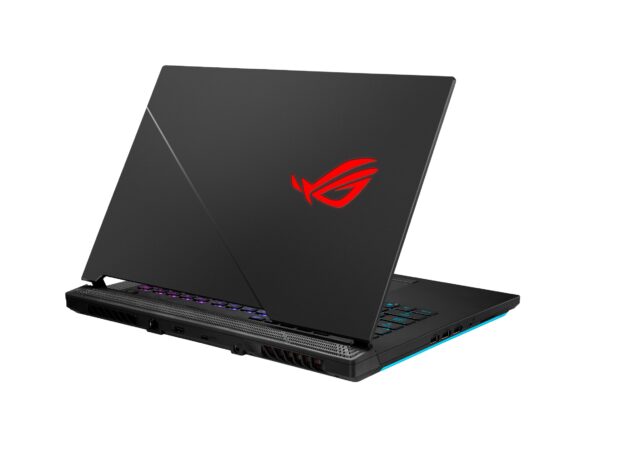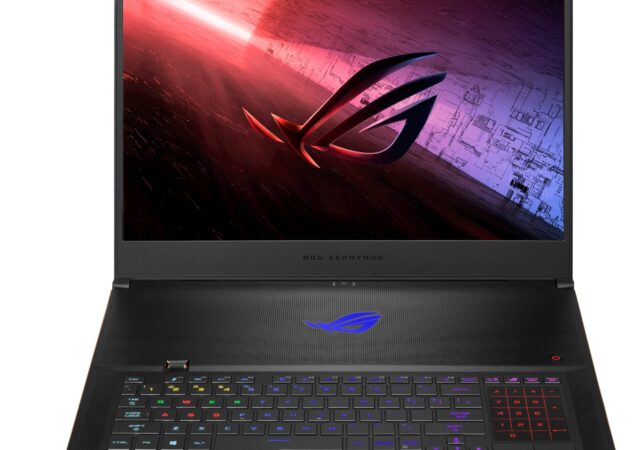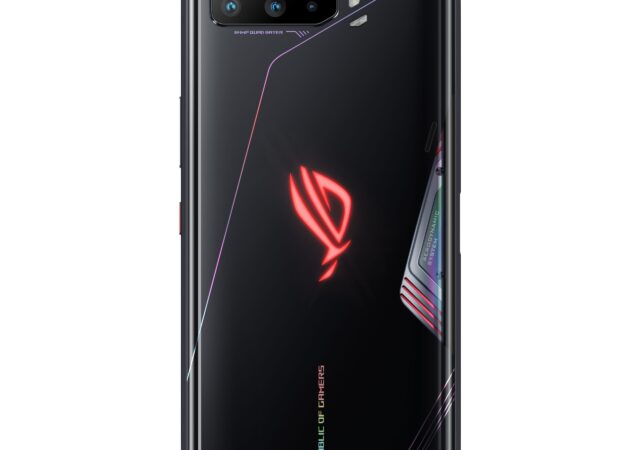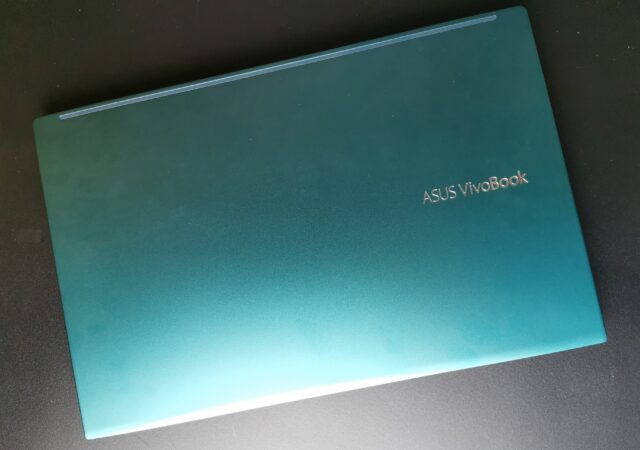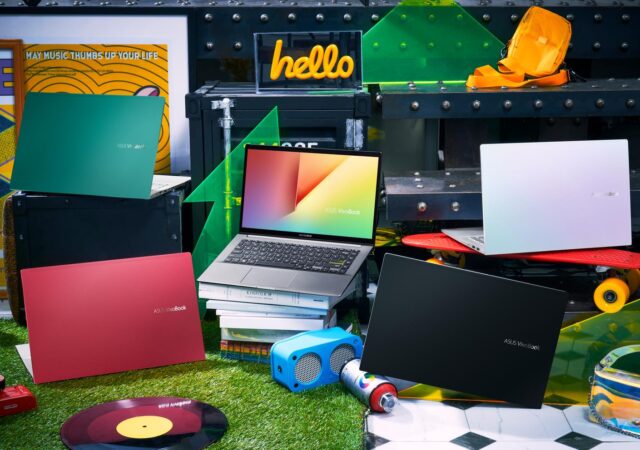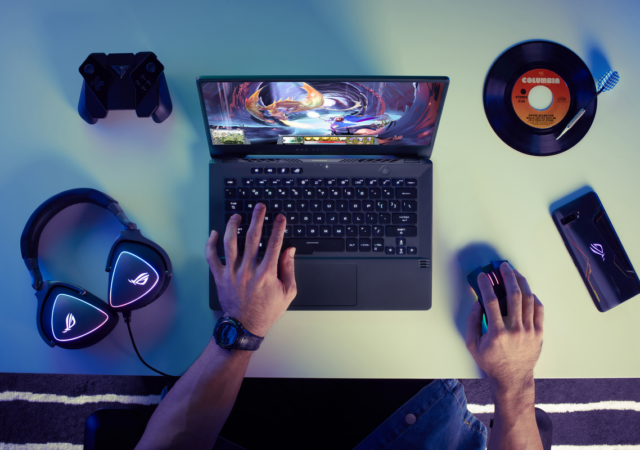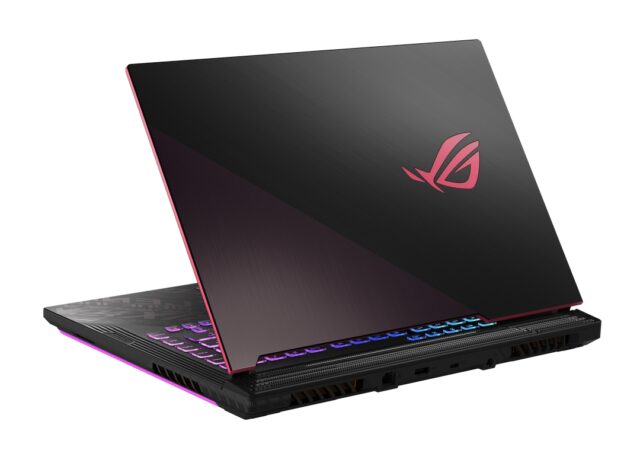ASUS just launched their new ROG STRIX gaming notebook with Intel’s 10th generation Core procesor and liquid metal cooling.
The ASUS ROG Zephyrus S is Back – Priced from 13,999
ASUS just launched the new 2020 line up of the ROG Zephyrus S thin and light gaming notebooks starting from MYR 13,999.
ASUS ROG Phone 3 Launched – Third Time’s the Charm
ASUS Launched th ROG Phone 3 with Qualcomm Snapdragon 865+ SoC. The ROG Phone 3 is currently the most powerful gaming smartphone in the world.
techENT Download || FCC Bans HUAWEI & ZTE
In this week’s techENT Download we got plenty of things going on. One huge thing though is the HUAWEI and ZTE getting closed down. There is plenty of things going on though. Find out more on this week’s techENT Download!
The ASUS VivoBook S15 S533 (2020) In-Depth Review – You Pretty Thang
The new VivoBook S15 S533 releases in Malaysia today. Is it any good? We think so. Should you get it? I don’t know, let’s find out together.
New ASUS VivoBook S Debuts in Malaysia
ASUS refreshes their VivoBook S line up with new colours, an updated processor and even more life!
ASUS ROG Collaborates with Alan Walker for the Future of Gaming
ASUS ROG collaborates with renown DJ and producer Alan Walker to bring a special edition of the Zephyrus G14 and more!
ASUS ROG Malaysia Partners with Stoned & Co. for AniMe Inspired Streetwear Line
ASUS Republic of Gamers (ROG) collaborates with Stoned & Co. to bring a new streetwear apparel line for gamers!
ASUS ROG Zephyrus G14 Takes on Malaysia with Compact Size & Powerful Specs
ASUS unleashes the ROG Zephyrus G14 in Malaysia complete with the eye catching AniMe Matrix and AMD Ryzen 4000 processors.
Pink is the New Black with ASUS ROG’s New Electro Punk
The ROG line up is embracing a new colour! Having just introduced the Glacier Blue series to their line up, the company is adding even more colour with a new shade called Electro Punk. However, unlike the Glacier Blue, this…



